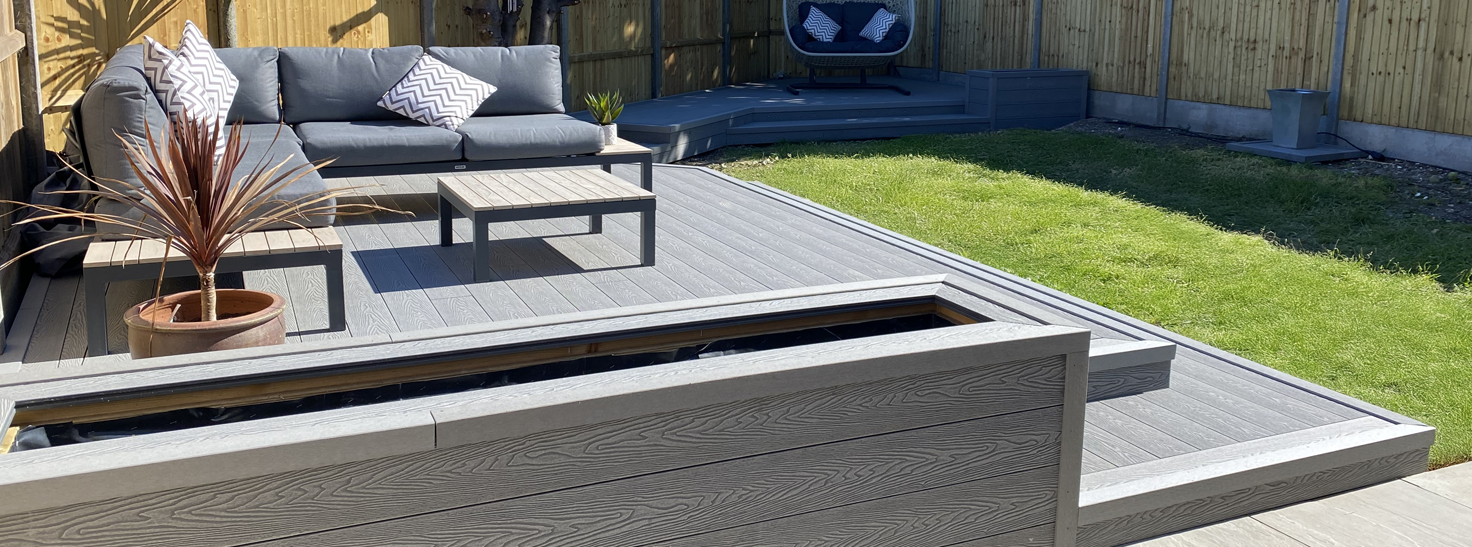
Composite decking is a versatile alternative to traditional timber decking, offering durability for both residential gardens and commercial applications. Made from a blend of recycled wood and plastics, quality composite decking combines the natural look of timber with increased resistance. With a variety of colours available, composite decking is a simple and effective addition to any outdoor design.
Commonly known as a wood-plastic composite (WPC), composite decking is manufactured using a mix of recycled plastics, recycled wood fibres, bonding agents, additives, and tints. The result is a low-maintenance, sustainable, and aesthetically pleasing decking solution.
At Cladco, we offer a selection of composite decking options:
Signature composite decking boards: Our original board, featuring a honeycomb five-hole core, is made from 60% recycled hardwood fibres and 40% recycled post-consumer plastics. This board balances sustainability and affordability, making it ideal for eco-conscious homeowners. Solid Signature boards are also available, offering additional strength and durability for commercial or high-traffic areas.
ProDeck composite decking boards: Featuring the same composite core as our Signature range, ProDeck boards include a protective polymer cap that enhances resistance to scratches, moisture, and UV fading. This makes ProDeck a more robust option for those seeking long-lasting performance with minimal upkeep.
THE BENEFITS OF COMPOSITE DECKING
- Sustainability: Made from 100% recycled materials, offering a more environmentally friendly alternative to timber.
- Low Maintenance: Requires minimal upkeep throughout its lifespan.
- Durability: Resistant to rot, warping, splintering, and insect damage.
- Cost-Effective: A long-term, affordable decking solution.
- Colour Variety: Available in a range of shades with no need for staining, sealing, or painting.
- Surface Options: Choose from authentic woodgrain or low-slip narrow groove finishes.
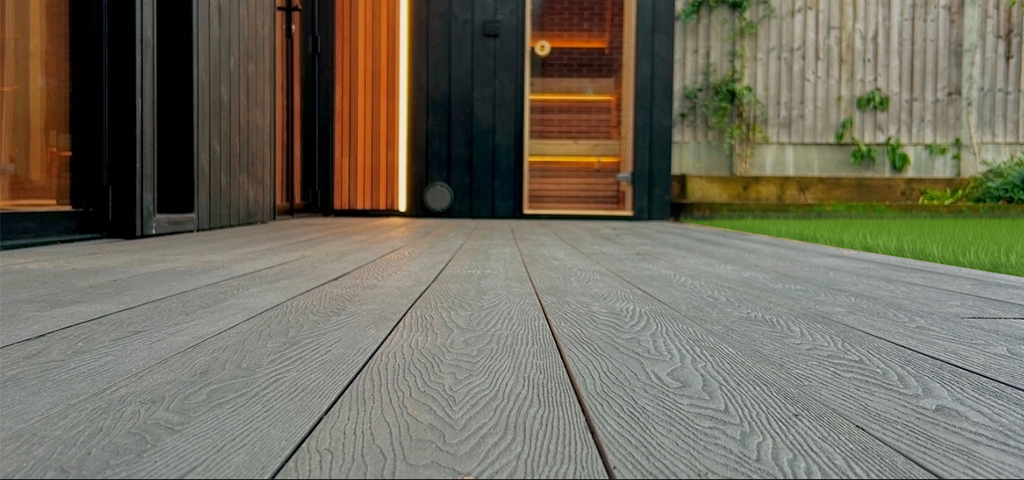
Comparing Composite Decking With Other Decking Options
Unsure of the best decking material for your project? With a wide variety of timber, composite, and synthetic boards available, here’s a breakdown of the pros and cons to help inform your decision.
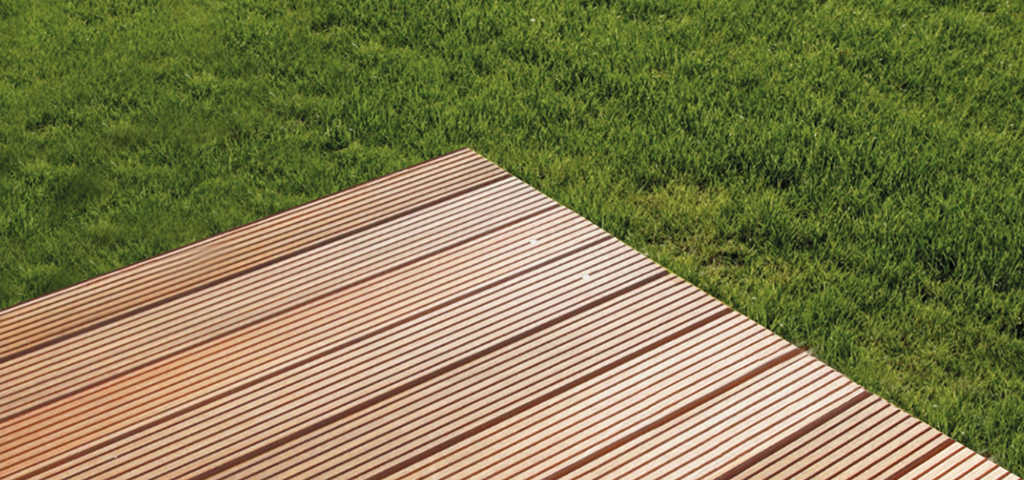
Pros:
- Lower initial cost
- Natural woodgrain finish
- Strong, solid construction underfoot
Cons:
- High maintenance over time
- Requires ongoing treatment and staining
- Prone to rot and insect damage
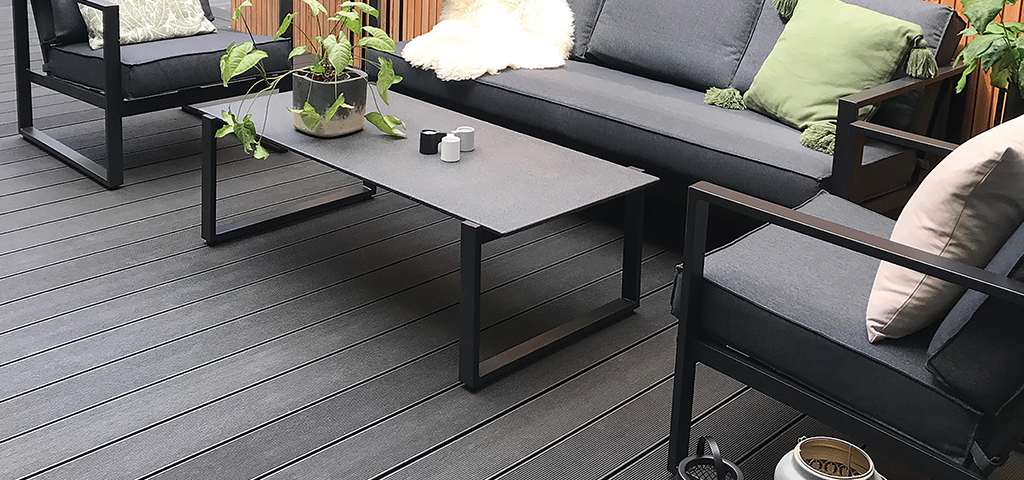
Pros:
- Environmentally friendly construction
- Cost-effective long-term option
- Reversible board design for added versatility
- Eight colour options
- Hollow boards compatible with end caps for a seamless finish
Cons:
- Not fully scratch-resistant
- Natural timber content may cause colour variation between batches
- Limited UV resistance compared to capped boards
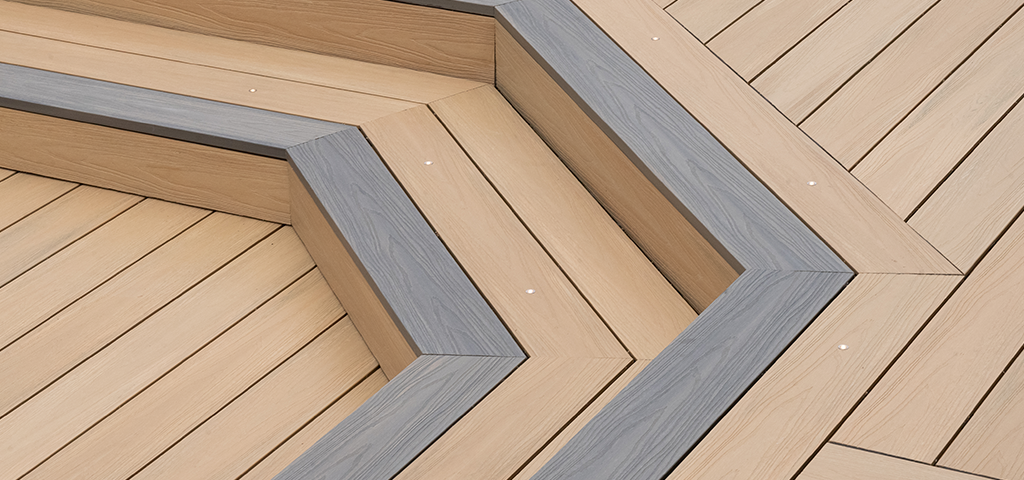
Pros:
Capped technology adds strength and durability
High resistance to UV and fading
Lower maintenance over time
Increased load-bearing capability
Cons:
- Inner core is not coloured - visible when cut or scratched
- Polymer cap reduces eco-friendliness compared to uncapped options

Nordeck Woodgrain Effect Decking
Pros:
Made from advanced synthetic materials—won’t rot, splinter, or absorb moisture
Scratch and stain resistant
Excellent UV resistance for lasting colour
Realistic woodgrain effect
Cons:
- Not made from recycled or sustainable materials
- Higher price point
- Heavier and harder to install
Want to see the decking boards for yourself? Our range of samples are a great way of previewing the decking colours and surface feel while in the planning stages of your potential project.
FAQS
What is composite decking made of?
The material used in a composite wood-plastic decking board is made of 60% recycled hardwood fibres and 40% post-consumer recycled plastics (polyethylene). Alongside high quality additives, bonding agents and tints, our Signature composite decking boards are PVC-free and can be FSC® certified on request.
Our ProDeck composite boards are made from this same core but have an additional polymer capping that provides increased protection.
All of our composite products are available with an FSC® certification, upon request. This certification means that any wood fibres used in the composite decking meet the standards laid out by the Forest Stewardship Council (FSC®).
What maintenance is needed for composite decking?
Although composite decking boards are less maintenance than a lot of other decking materials, they require upkeep. Due to the natural timber elements within our Signature boards, they will need to be kept clean to reduce weathering over time.
To keep it up to scratch, we recommend brushing away any debris such as plants, leaves, berries or animal droppings - and clean with soapy, warm water. You can also use our composite decking cleaner for more persistent stains or dirt.
Please be aware that everyday domestic products, such as suncream or insect spray, may contain chemicals that can cause staining on your decking. Be careful when using barbecues, as grease can cause damage to the boards. For more information, see the maintenance section of the relevant installation guide.
It is important to note that our ProDeck boards will require less maintenance due to the capped surface that further protects the composite core.
How are composite decking boards made?
Composite decking is made by a process known as co-extrusion involving the melting and blending of raw materials together. Each product, or raw material, is then fed through a die system while maintaining a constant temperature to create the required shape of the deck. This is to make sure a high level of consistency is achieved from one product to the next in the production line.
What is the difference between polyethylene and polypropylene?
We use polyethylene in our composite boards - a durable, commonly recycled plastic. Polypropylene, while more heavy-duty, is used more for industrial packaging and is not found in our products.
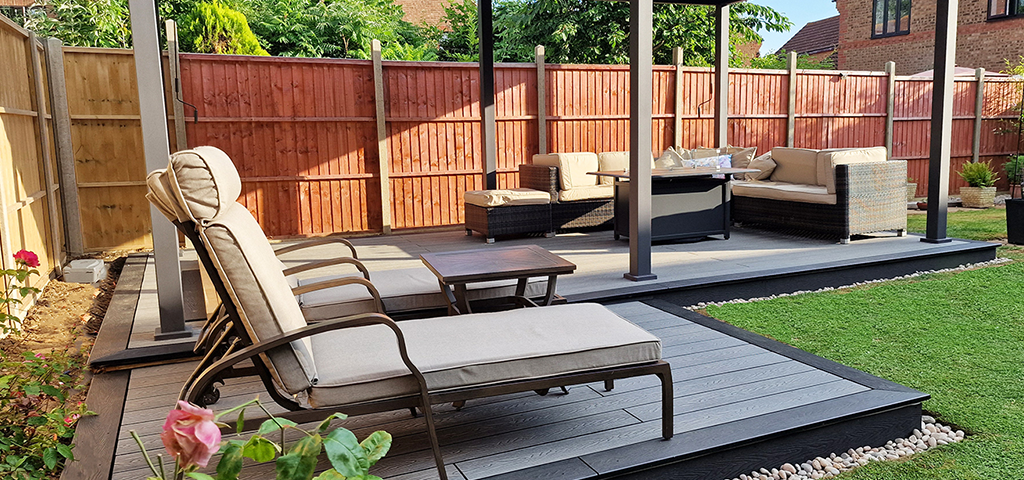
Conclusion
Composite decking offers a smart, sustainable, and stylish alternative to traditional timber. Whether you choose the cost-effective Signature range or the high-performance ProDeck boards, Cladco’s composite solutions are suited to both domestic and commercial applications—helping you create a lasting outdoor space.
PLEASE NOTE: In January 2024 we discontinued the 'wide groove' side of our Composite Decking Boards and the 'plain' side of our Bullnose Composite Decking Boards. Some of the boards shown in this blog post may no longer be available.

